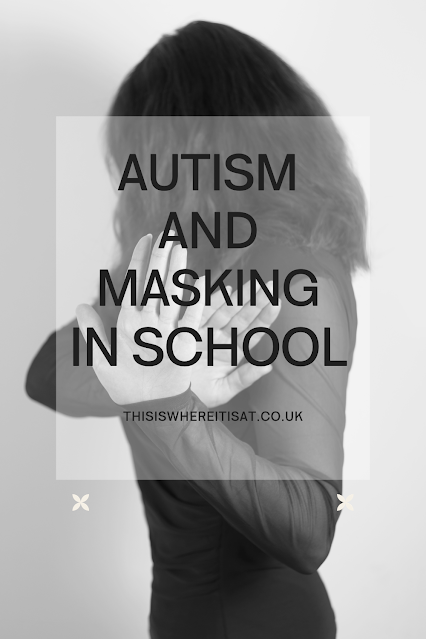Hey readers,
The early years of a child's life are a time of discovery and development.
For some toddlers, however, certain behaviours and traits might signal the presence of autism spectrum disorder (ASD).
Recognizing these signs early can lead to timely intervention and support, greatly enhancing a child's developmental journey.
In this blog post, we'll explore the key signs of autism in toddlers, offering parents and caregivers insights into what to look for and how to seek help.
1. Communication Challenges.
* Delayed Speech or Language Development - toddlers with autism might exhibit delays in developing speech or language skills.
They may not babble, point, or gesture as typically developing children do.
* Limited Eye Contact - difficulty maintaining eye contact during interactions can be an early indicator of autism in toddlers.
2. Social Interaction Differences.
* Lack of Social Engagement - toddlers with autism may appear less interested in social interactions and play with others.
They might prefer to play alone or engage in repetitive activities.
* Unusual Social Responses - unusual responses to social cues, such as not responding to their name being called or showing little interest in interacting with peers, could be signs of autism.
3. Repetitive Behaviors.
* Repetitive Movements - toddlers with autism might engage in repetitive behaviours such as hand-flapping, rocking, or spinning objects.
* Fixation on Specific Objects - an intense interest in a particular toy or object, to the exclusion of other things, could be a sign of autism.
4. Sensory Sensitivities.
*Extreme Reactions to Sensory Stimuli - toddlers with autism may react strongly to sensory experiences, such as loud noises or certain textures. They might show signs of discomfort or distress.
* Preferring Certain Sensations - some toddlers with autism may seek out certain sensory experiences, such as repeatedly touching certain textures or seeking out particular smells.
5. Difficulty with Changes.
* Resistance to Changes in Routine - toddlers with autism might have a strong preference for routines and may become upset or anxious when their routine is disrupted.
* Challenges with Transitions - moving from one activity to another or changing environments can be difficult for toddlers with autism, leading to resistance or emotional meltdowns.
6. Early Signs of Delayed Motor Skills.
* Gross Motor Delays - some toddlers with autism might show delays in gross motor skills, such as walking or running.
* Fine Motor Delays - delays in fine motor skills, like holding a spoon or stacking blocks, might also be noticeable.
When to Seek Help.
If you notice one or more of these signs consistently and they are not in line with typical developmental milestones, it's a good idea to consult with a healthcare provider or a developmental specialist.
Early intervention services can make a significant difference in a toddler's developmental trajectory.
The Power of Early Intervention.
Early diagnosis and intervention play a critical role in improving outcomes for children with autism.
If you have concerns about your toddler's development, don't hesitate to seek guidance from professionals who specialise in early childhood development and autism.
Awareness of the signs of autism in toddlers empowers parents and caregivers to take action, fostering early intervention and support.
Each child's journey is unique, and understanding these early indicators can provide a roadmap for offering the right resources, therapies, and interventions that can lead to positive developmental outcomes.
Cheers for reading X





















